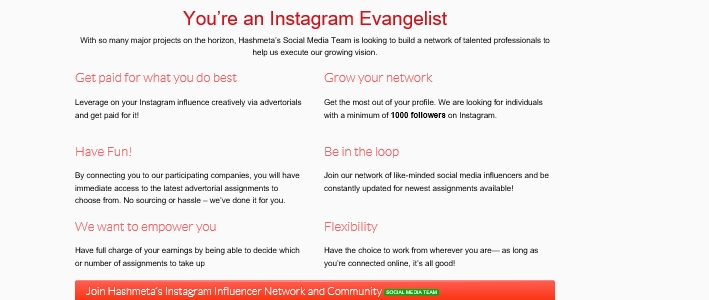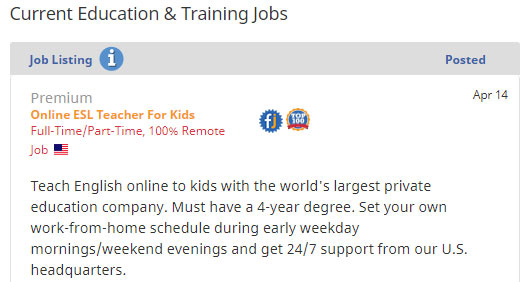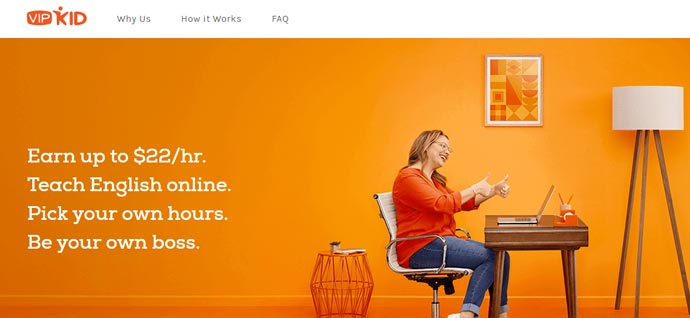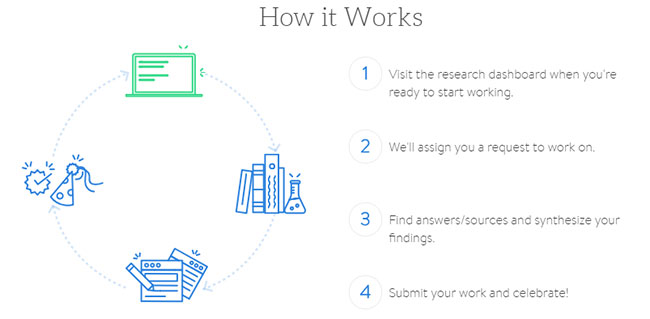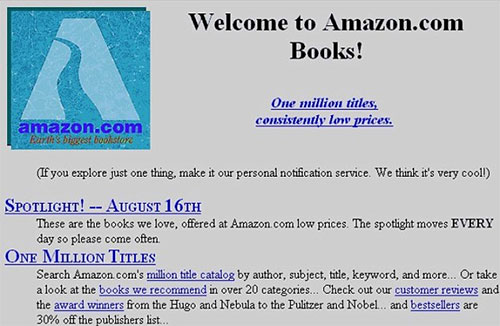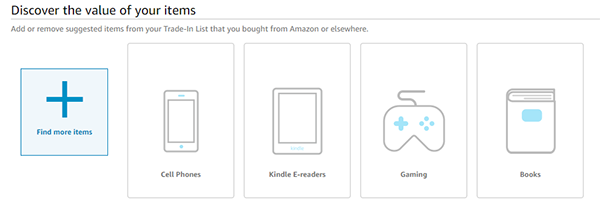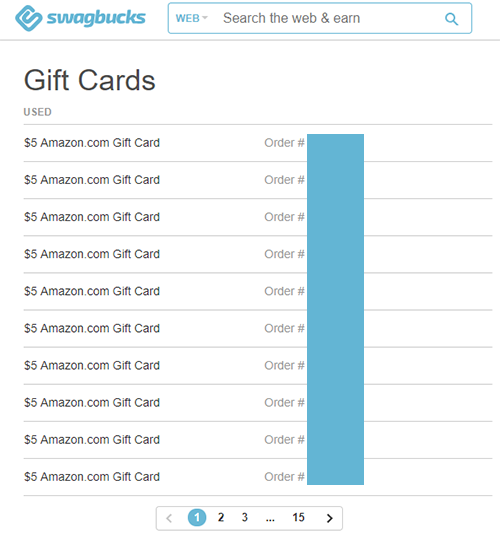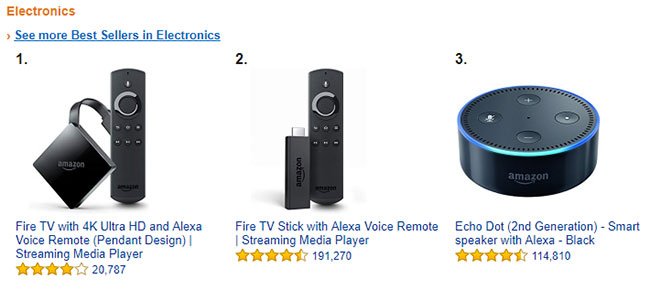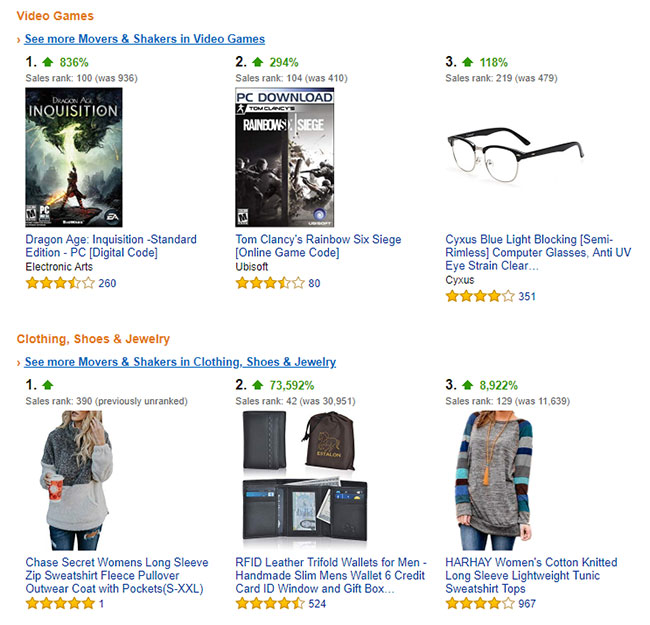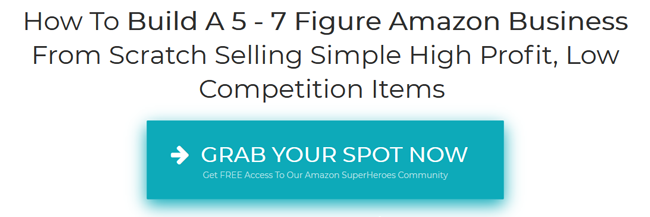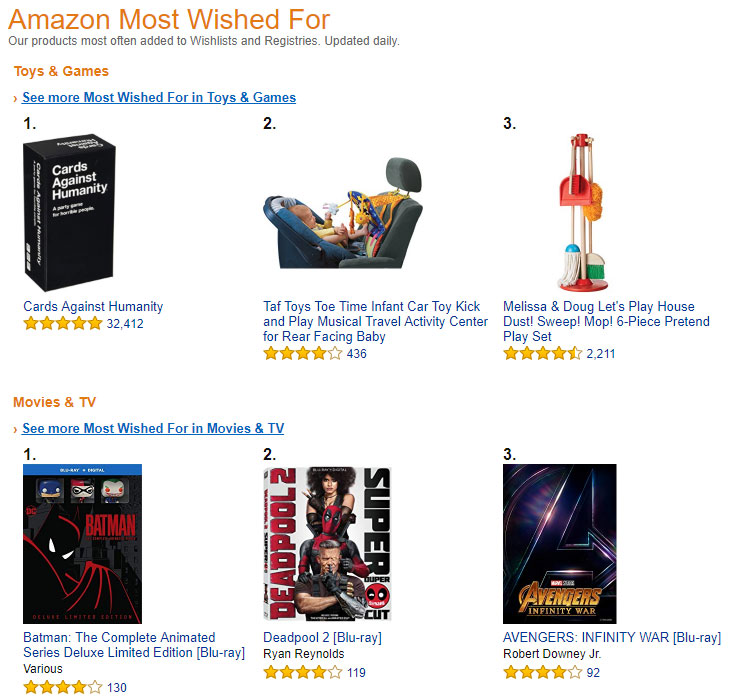So you’ve decided to jump on the ecommerce train and that Amazon.com is a good place to start. But how do you decide what to sell on Amazon?
Well, you’re right to set your sights on selling on Amazon as a business; after all, it’s the largest online marketplace, with millions of shoppers already on the platform.
The downside of this is that choosing what products to offer on Amazon can feel overwhelming.
I’m sure you’re thinking: “If there are millions of shoppers, there are probably hundreds of millions of products on Amazon.”
While the statement above can be true, you can solve this with proper product research.
Thorough product research helps you determine which product is going to get you the most profits.
Today, this guide will help you sort through millions of products, narrow them down, and figure out what to sell on Amazon.
Product Research: 9 Tips to Help You Decide What to Sell on Amazon
The purpose of product research is to find a product that has high demand and low competition. In other words, a profitable product.
So don’t get too overwhelmed by this decision.
I agree that this is one of the most important decisions of your ecommerce business, but getting ahead of yourself can cause perfect product paralysis.
It’s a very common pitfall wherein people who want to begin selling on Amazon look far and wide, research for months and assess thousands of products, then end up not choosing anything because they’re not the “perfect product” yet.
Follow these 7 tried-and-tested techniques of filtering out products and discover what to sell on Amazon.
1. Find a product that solves a problem.
You know why men’s subscription grooming kits exploded?
It’s because the products included in the monthly box are shaving cream, razors, and other grooming items that they’ll be using for as long as they live (or feel like grooming).
While it doesn’t fall under basic needs like food and clothing, toiletries like these are part of one’s everyday routine.
The problem is having to remember to change your razor or restocking shaving cream; a monthly subscription kit with grooming essentials solves it.
Start with yourself.
What problems or inconveniences in your life do you wish could be solved?
Is there a product or two that you think would solve it?
Survey your friends or family members for challenges they’re facing daily, weekly, regularly.
The odds are many other people are having the same problems.
2. Find a product you’re interested in.
Some would say to choose a product that you’re passionate about, but I think having some kind of interest will do.
This is important because you’ll be working on your ecommerce business for months or years.
As such, it’s understandable to choose something you won’t quit once you get bored with it.
3. Check out your competitors.
Having some competition is good—it means your product is popular and there is a market you can tap.
But don’t pick a product with tens of thousands of competitors because you could drown even before you can begin selling on Amazon.
If you do find a product, but it has over 100k search results, you have two options:
- Skip that niche and find one that has less competition.
- Or dig deeper into that niche and follow tip #4 below.
4. Find a gap in the market.
All hope is not all lost if you get stuck in the middle of your research with a good product that has high competition.
You still have a chance of making it here.
However, you do need to be smart about it and find a gap in the market.
Make your product super-specific.
For example, if you’re interested in selling cooking equipment, you can target a precise group of people if you offer “cooking equipment for low-carb cooking” instead.
Include egg boilers, vegetable steamers, and other commonly used tools by people who follow a low-carb diet.
Even if you feel a niche is absolutely saturated, brainstorming ideas can help you discover that there are still smaller niches within larger markets that have lesser competition.
Want to sell books on Amazon?
You’d likely face plenty of competition with new books, but if you target hard-to-find books or sell books as a collection (grouped by theme), you’re giving customers a reason to check out what you’re selling.
5. Aim for products with high profit margins.
You don’t need to get a lesson in finance to figure out if a product has an excellent profit margin and ROI.
You just need to check the products of other sellers on Amazon, note down prices from wholesalers, and add all expenses (like Amazon fees, taxes, and so on) to weigh your option.
There’s even a simpler rule of thumb “the 3x rule” that you can incorporate into your product research.
With this rule, your goal is to sell a product 3x its purchase price.
If you bought an item for $20, your target sales price would be $60.
This rule assumes that a third will go to fees and other costs, while you get a 100% return on investment.
6. Check what people are buying.
Of course, you’ll need customers. You need to find a product that people want to buy. How do you do this?
Use social media (Facebook, Twitter, Instagram, Pinterest) to see what people are sharing, what products are in demand, and what seems to be the “next best thing.”
And while you’re at it, make sure to follow trendsetters (known as influencers) of a niche you’re interested in.
Whenever you see a product heating up in social media, use tools like Google Trends to double-check if that product is hot locally, within a particular country, or around the world.
7. Check out brick and mortar stores.
So what do brick and mortar stores have to do with selling on Amazon?
Even as online shopping becomes more and more popular nowadays, people still buy from physical stores.
Paying attention to what they’re selling and what customers are buying can give you an inspiration or an idea of a product to sell.
8. Stick to products that meet certain proven criteria.
When deciding if a product can be profitable, these proven criteria can definitely help:
- Evergreen — You want a product that you can sell all year round and possibly something that customers need to purchase again and again. If a product is seasonal (Christmas lights, Halloween costumes, etc.), it means your revenue is seasonal as well.
- Available on wholesalers — If you plan to sell on Amazon, you should also have a manufacturer or supplier in mind to get the products from. (Check this list of private label manufacturers, if you have no idea where to start).
- Weight and Dimensions of the Product — Shipping fees add up costs quickly. A product that’s heavy or fragile will definitely have higher shipping fees than one that’s smaller and lighter. Look for a product that is simple, easy to pack, and hassle-free to ship.
- Price — Go for products that you can sell for $20 to $75. Aiming too low makes it hard to earn a profit unless you’re going wholesale with thousands of inventory. Aiming too high means you might not have enough buyers.
Note that not every best seller fits these criteria, and not every product that meets these criteria will be a best seller. But these criteria are a good measure of how profitable a product is.
9. Read blogs of other Amazon sellers.
People who sell on Amazon and share their journey about it on a blog will post a list of the best selling products on Amazon every so often.
This type of list is also popular during Thanksgiving week (Black Friday, Cyber Monday), Christmas, year-end sales, and other popular shopping days.
You can learn a lot by reading these blog posts.
Other Tools to Help You Find Products to Sell on Amazon
The above product research tips can help you find products to sell on Amazon as well as other ecommerce sites.
Here are some more tools to help you with your product research.
Amazon-Specific Tools
Customer Reviews
Read customer reviews of products you’re interested in on Amazon.
Positive reviews give you an idea of what makes the product popular, while negative reviews alert you to what you can improve in the product or what to look for in alternative products.
Going through reviews takes time, but it’s worth it if you’re digging deep into your product research.
Best Sellers Rank (BSR)
When you search for a product, the results often show you products with the “Best Seller” tag.
Don’t just ignore this when you’re doing product research.
Know that Amazon’s Best Sellers Rank uses both recent and historical sales figures of a particular item.
This means that if you search a product and it brings back 2-3 (or more) products with the BSR tag, it indicates that the product you just searched is in demand and that there’s room for more sellers to sell the same thing.
Popular categories
Aside from researching individual products, checking which of the categories and subcategories are popular can help you decide which products to sell on Amazon.
Popular categories that have plenty of products in the BSR have products that have high market demand. However, the more popular categories and subcategories have more competition, so consider this too when doing your product research.
Chrome Extensions
Browser extensions are such an underrated source of tools for business.
If you’re looking for something that can help you sell on Amazon, make sure you get Jungle Scout.
Known as the best tool for finding products to sell on Amazon, Jungle Scout gives you details of monthly sales volume of any product and information about your competition.
This is a paid Chrome extension though, so it may not be in your budget if you’re just starting out.
Amazon Sourcing and Research Tools
These tools are paid ones, and you can invest in them a little later on in your Amazon journey when you’re making enough profit to afford these tools.
However, if you’re willing to shell out a little more capital for greater returns, here are some Amazon tools to help you research what to sell on Amazon.
Keyword Research Tools
Once you’ve decided on a product, make sure to let it run through a series of SEO tests.
For example, if you decided on “sportswear,” use tools like Ahrefs to find better keywords that people actually use, such as “sports shorts,” “running shirts,” and so on.
Start Researching What to Sell on Amazon
Product research is the first thing you should master when you’re learning how to make money with Amazon.
Finding products to sell on Amazon isn’t easy, but it’s a necessary step you should never skip, especially if you’re serious about your ecommerce business.
Once you’ve got this phase down to a science, you’re off to the next step – actually selling your items and advertising your store.
If you’re ready to learn step-by-step instructions on how to sell on Amazon, market your products, and get the most out of your business, check out this beginner’s guide to Amazon selling.






